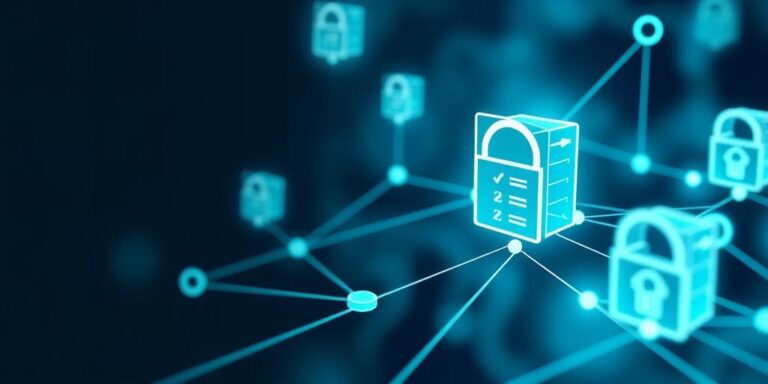Serverless Security: Challenges and Best Practices for 2025
Serverless computing has revolutionized how applications are built and deployed, offering scalability, reduced operational overhead, and cost efficiency. However, this paradigm shift introduces unique security challenges that organizations must address to protect their data and infrastructure. As we look toward 2025, understanding these challenges and implementing robust best practices is crucial.
Understanding the Serverless Security Landscape
Serverless architectures, such as AWS Lambda, Azure Functions, and Google Cloud Functions, abstract away the underlying infrastructure, allowing developers to focus solely on writing code. While this simplifies deployment and management, it also shifts the security focus to the function code itself and the configurations surrounding it.
Key Security Challenges:
- Function-Level Vulnerabilities: Code-level vulnerabilities, such as injection flaws, insecure dependencies, and improper error handling, can be exploited in serverless functions just as in traditional applications.
- Over-Privileged Functions: Functions often run with excessive permissions, granting them access to resources they don’t require. This can lead to privilege escalation attacks if a function is compromised.
- Insecure Configuration: Misconfigured functions, such as those with overly permissive IAM roles or exposed API endpoints, can create entry points for attackers.
- Dependency Management: Serverless functions rely on third-party libraries and dependencies, which can introduce vulnerabilities if not properly managed and updated.
- Visibility and Monitoring: The ephemeral nature of serverless functions makes it challenging to monitor and detect security incidents in real-time.
- Event Injection: Functions triggered by events, such as messages from a queue or changes to a database, can be vulnerable to event injection attacks if the event data is not properly validated.
Best Practices for Serverless Security in 2025
To mitigate these challenges, organizations should adopt a comprehensive approach to serverless security, incorporating the following best practices:
- Implement the Principle of Least Privilege: Grant functions only the minimum permissions required to perform their intended tasks. Use IAM roles to restrict access to specific resources.
- Secure Function Code: Conduct regular code reviews, perform static and dynamic analysis, and implement secure coding practices to identify and remediate vulnerabilities in function code.
- Manage Dependencies: Use a dependency management tool to track and update third-party libraries and dependencies. Regularly scan dependencies for known vulnerabilities and apply patches promptly.
- Validate Event Data: Sanitize and validate all event data to prevent event injection attacks. Implement input validation checks to ensure that event data conforms to expected formats and values.
- Monitor Function Activity: Implement comprehensive monitoring and logging to track function activity and detect suspicious behavior. Use security information and event management (SIEM) tools to aggregate logs and correlate events across the serverless environment.
- Automate Security Testing: Integrate security testing into the CI/CD pipeline to automatically scan functions for vulnerabilities before they are deployed. Use tools that can perform static analysis, dynamic analysis, and penetration testing.
- Encrypt Data at Rest and in Transit: Use encryption to protect sensitive data both at rest and in transit. Use HTTPS for all API endpoints and encrypt data stored in databases or object storage services.
- Regular Security Audits: Conduct regular security audits to identify and address vulnerabilities in the serverless environment. Engage third-party security experts to perform penetration testing and vulnerability assessments.
The Future of Serverless Security
As serverless computing continues to evolve, security will remain a top priority. In 2025, we can expect to see:
- Increased Automation: Security tools will become more automated, providing real-time threat detection and response capabilities.
- Improved Visibility: Enhanced monitoring and logging capabilities will provide greater visibility into serverless environments, enabling security teams to quickly identify and respond to incidents.
- Integration with DevOps: Security will be tightly integrated into the DevOps pipeline, ensuring that security considerations are addressed throughout the software development lifecycle.
- Standardized Security Frameworks: Industry-standard security frameworks and best practices will emerge, providing organizations with a clear roadmap for securing their serverless environments.
Conclusion
Serverless security is a shared responsibility. By understanding the unique challenges of serverless computing and implementing robust best practices, organizations can build secure and resilient serverless applications that protect their data and infrastructure. As we move towards 2025, a proactive and comprehensive approach to serverless security is essential for success.




